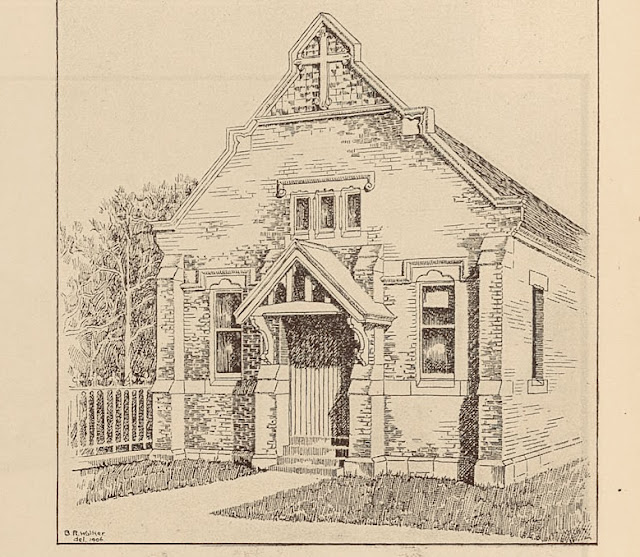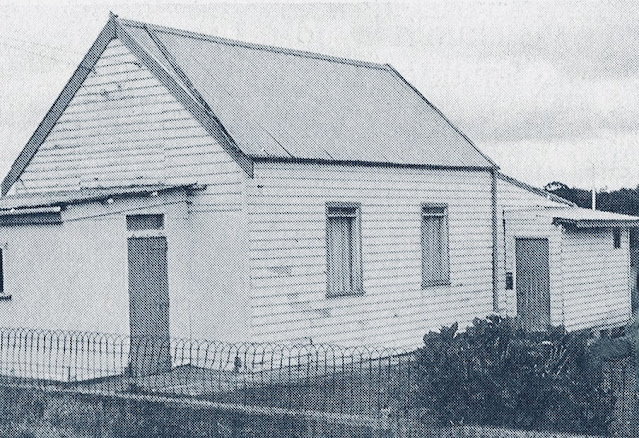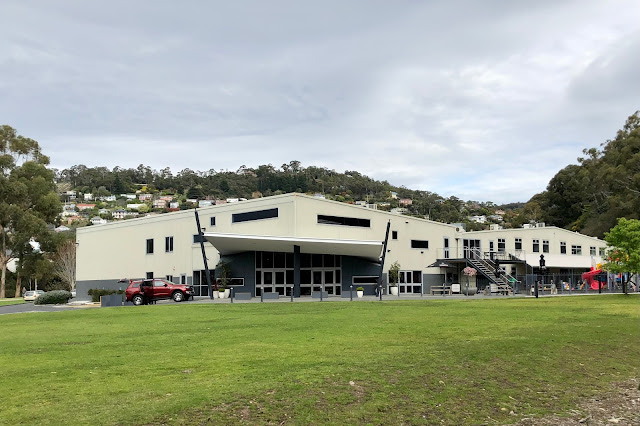No. 1191 - Lindisfarne - St Cuthbert's Church and School (1938)

Lindisfarne is an eastern shore suburb within the Greater Hobart area. It is named after "Lindisfarne House", a property situated in the adjoining suburb of Rosny. The area was originally known as Beltana but this was changed to Lindisfarne in 1903. Until the mid 1930s, Catholics at Lindisfarne were were served from St Joseph’s, Hobart. Monsignor Cullen used to cross the Derwent by ferry and then visited the Bellerive-Lindisfarne area on a bicycle. In 1935, Father Francis Kent was appointed to the Richmond parochial district, which embraced Bellerive and other centres on the eastern side of the Derwent. It was under Father Francis Kent’s leadership that a two roomed convent school was built at Lindisfarne on a site opposite the local State school. The school doubled as a church with Mass celebrated once a month. On other Sundays, Lindisfarne and East Risdon Catholics would travel to Corpus Christi at Bellerive; which was a long walk for those who did not have cars. St Cuthbe...












